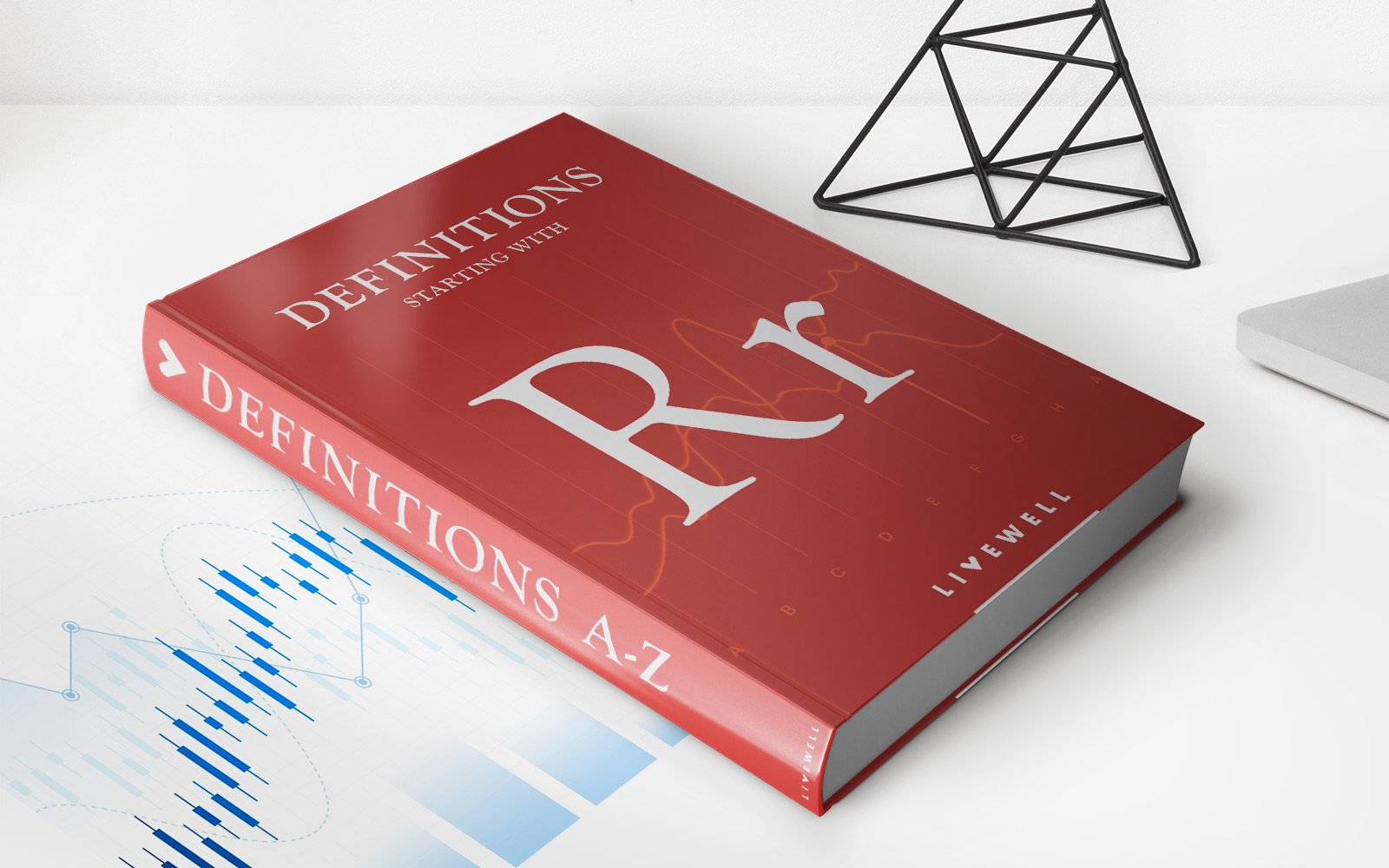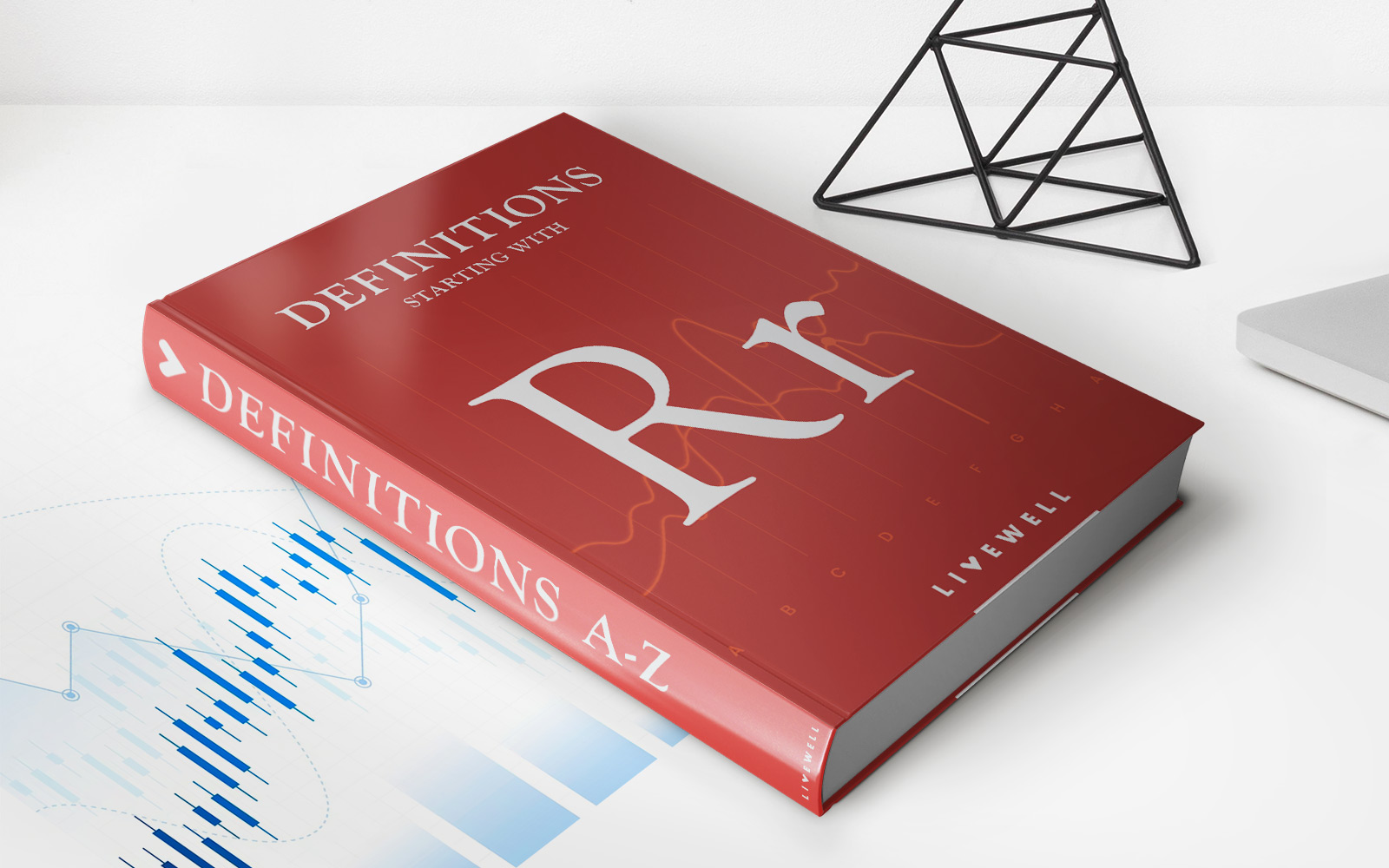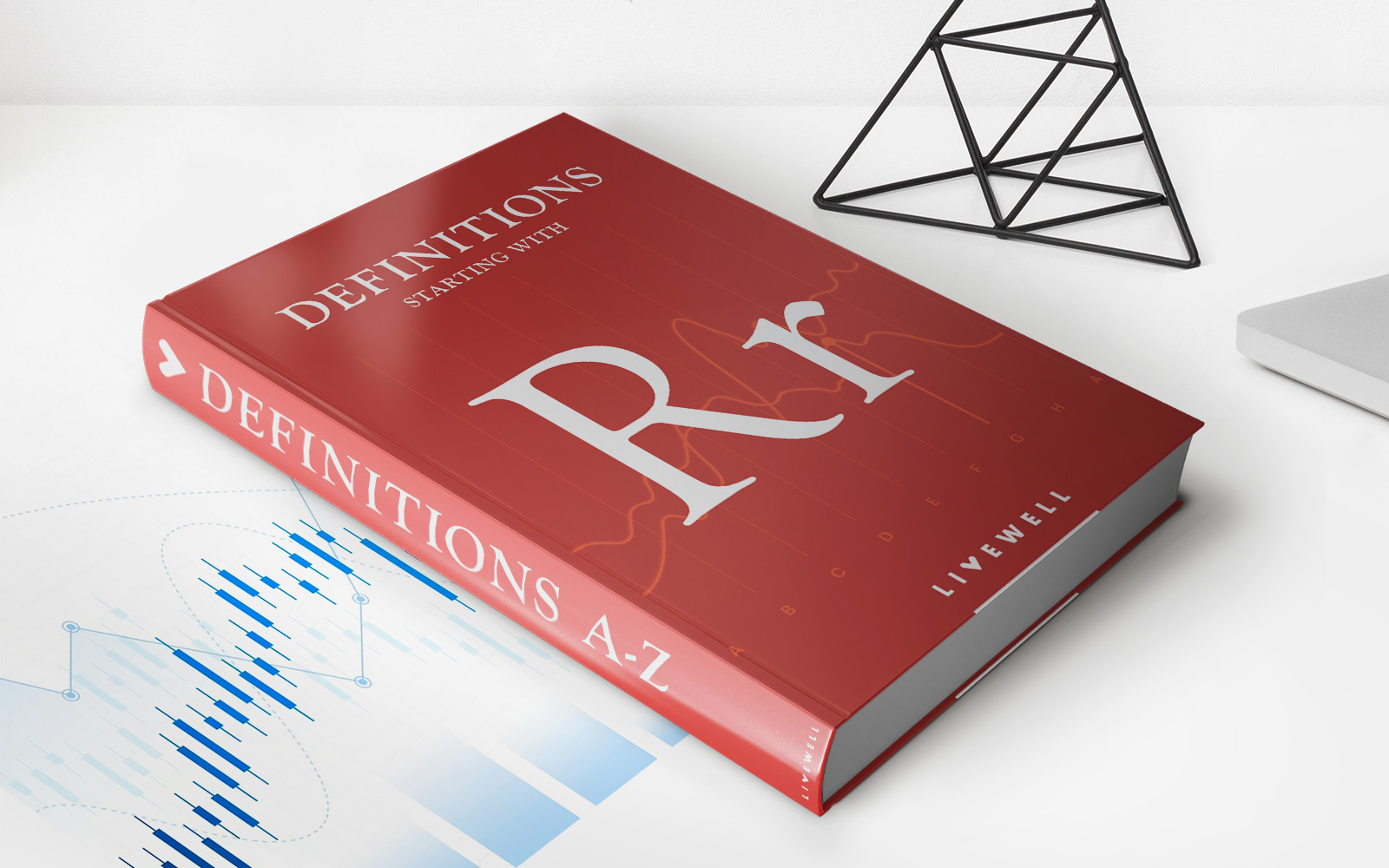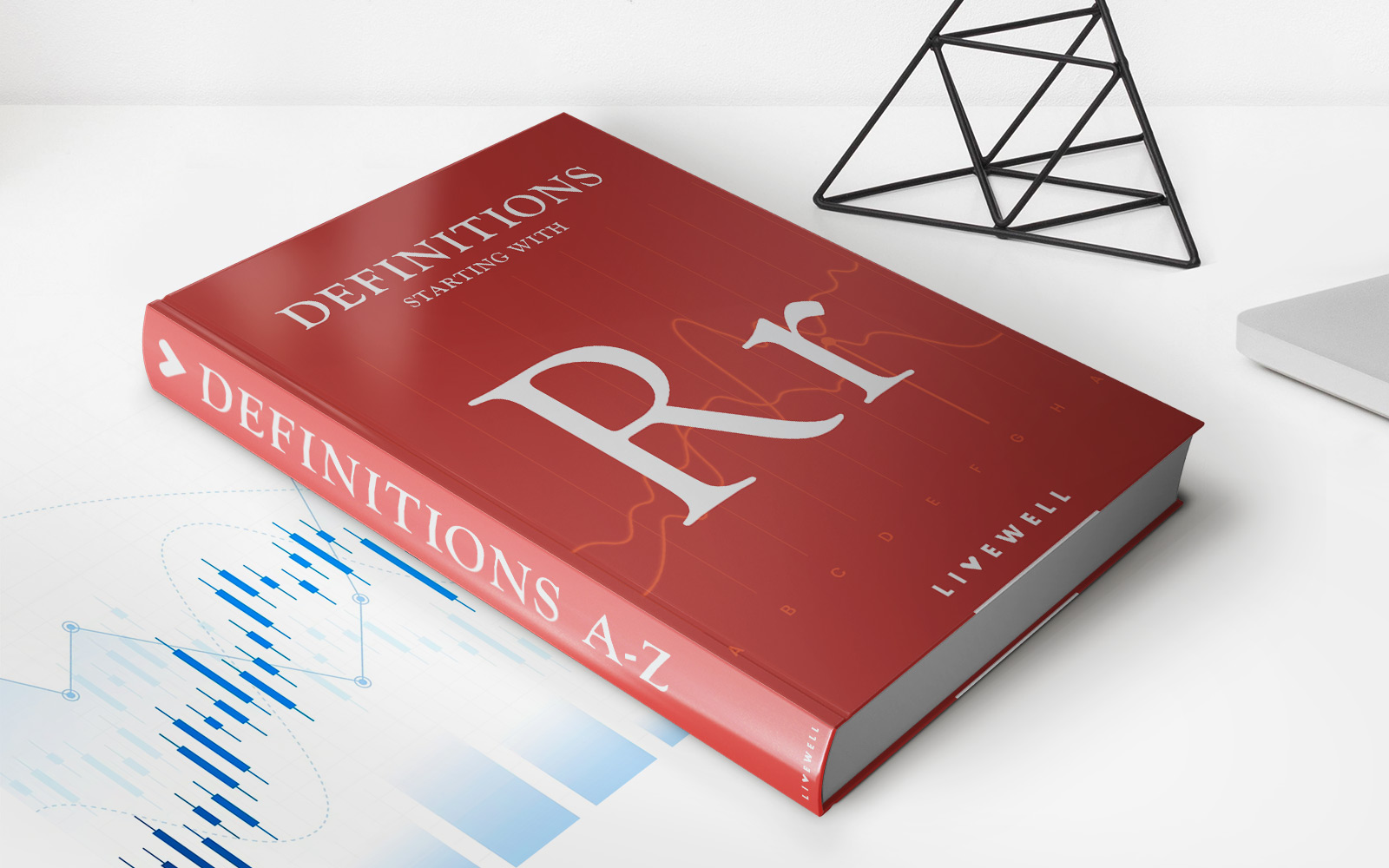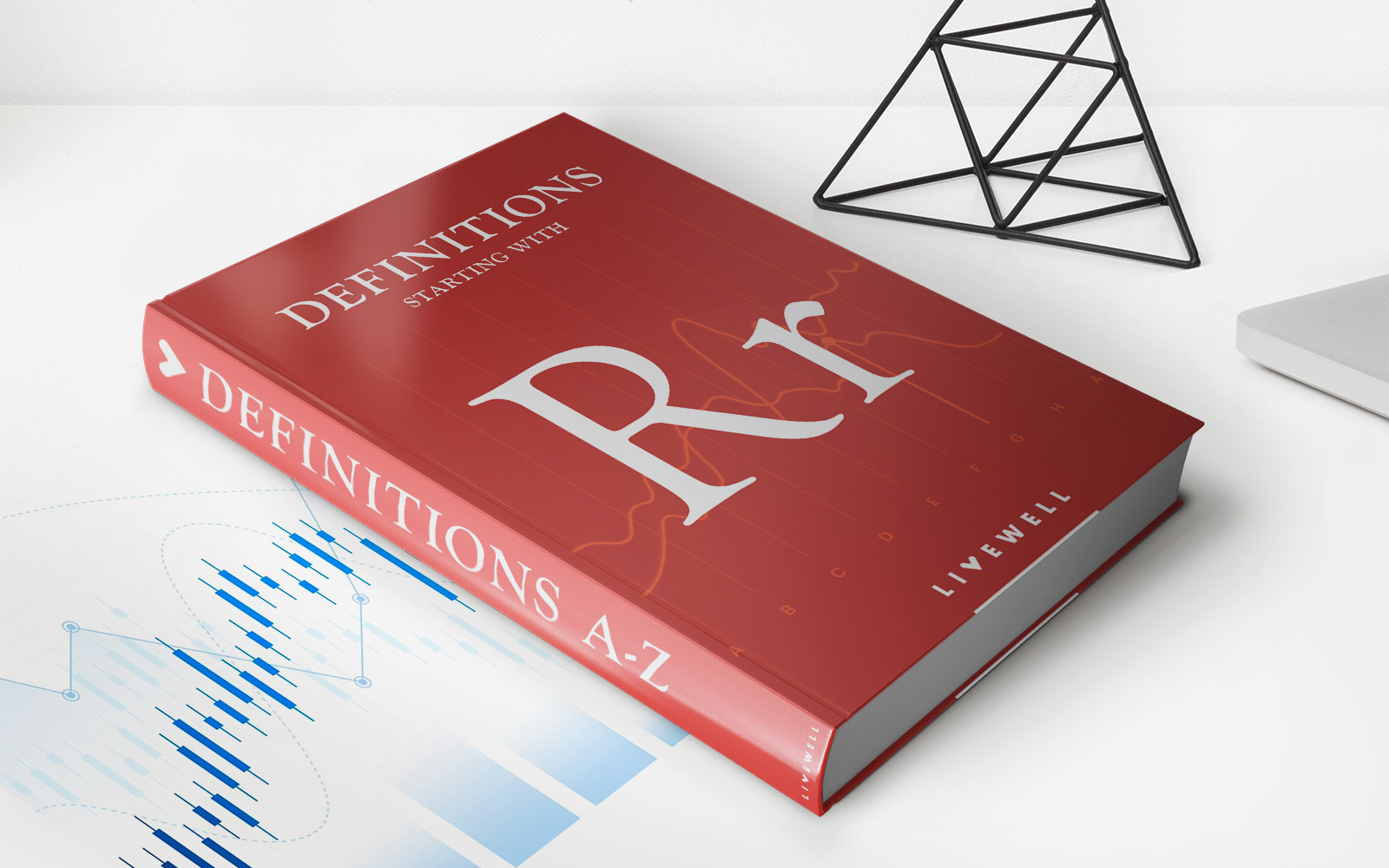Home>Finance>Revenue Per Available Room (RevPAR): Definition And Example
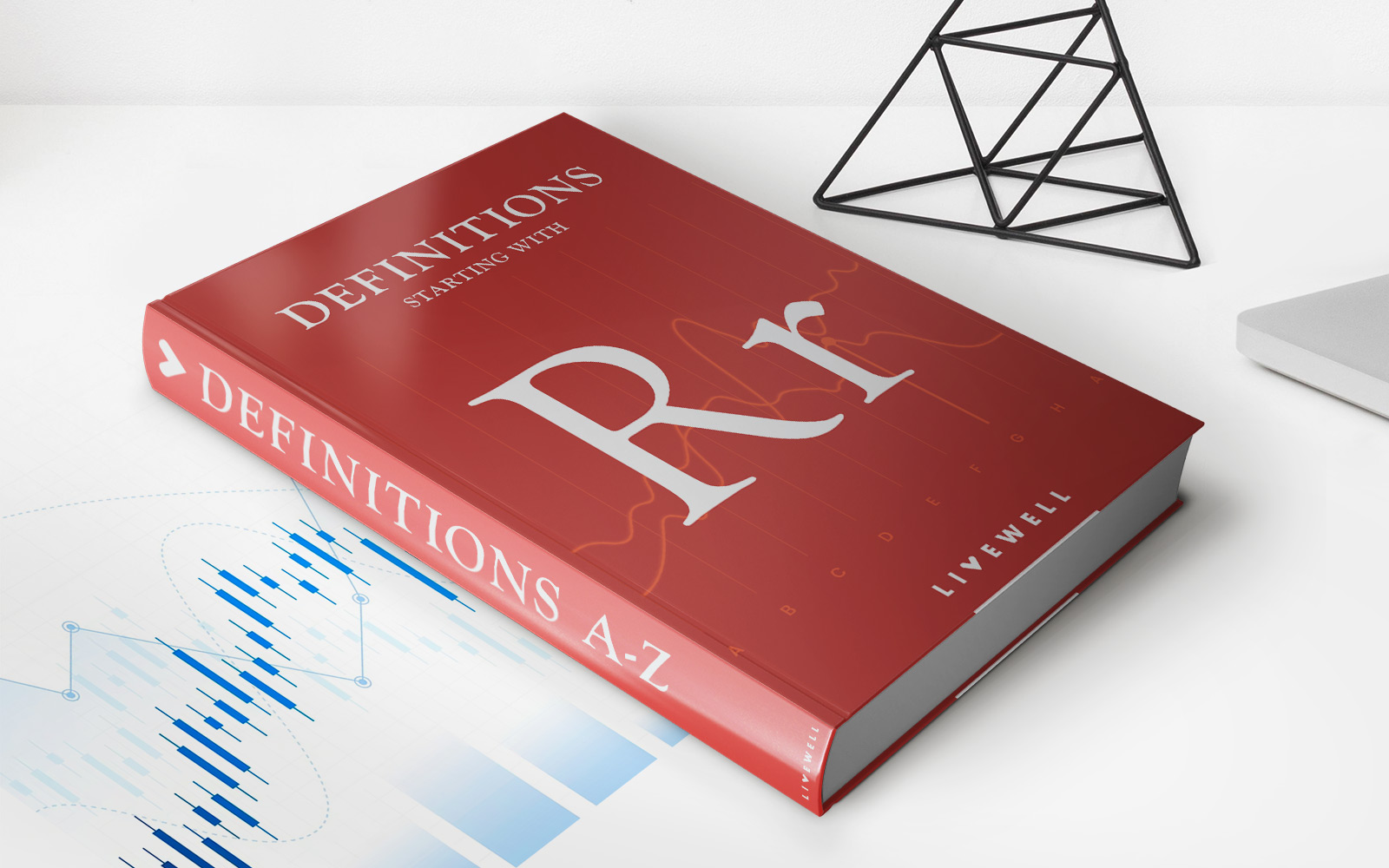

Finance
Revenue Per Available Room (RevPAR): Definition And Example
Published: January 20, 2024
Learn the definition and get an example of Revenue Per Available Room (RevPAR) in the finance industry. Boost your finance knowledge with this informative guide.
(Many of the links in this article redirect to a specific reviewed product. Your purchase of these products through affiliate links helps to generate commission for LiveWell, at no extra cost. Learn more)
Unlocking the Power of Revenue Per Available Room (RevPAR)
When it comes to the world of finance, there are numerous metrics and measurements that professionals use to assess the health and profitability of businesses. One such metric, Revenue Per Available Room (RevPAR), is particularly important in the hospitality industry. In this blog post, we will delve deep into the concept of RevPAR, exploring its definition, providing an example, and highlighting its significance. So, let’s dive in!
Key Takeaways:
- RevPAR is a vital metric in the hospitality industry as it helps hoteliers determine their average daily room revenue.
- Calculating RevPAR involves dividing the total revenue generated by the number of available rooms during a specific period.
What is Revenue Per Available Room (RevPAR)?
Revenue Per Available Room, often abbreviated as RevPAR, is a crucial metric that measures the average revenue generated by each available room in a hotel or other lodging establishment. It provides hoteliers with a comprehensive understanding of the financial performance and efficiency of their property.
RevPAR is calculated by dividing the total revenue generated from room sales by the number of available rooms during a particular period. This includes revenue from occupied rooms as well as revenue from vacant rooms. Essentially, RevPAR provides insight into how effectively a hotel is utilizing its available rooms to generate revenue.
Example Calculation:
Let’s say we have a hotel with 100 rooms. During a given month, the hotel generated a total revenue of $150,000 from room sales. To calculate the RevPAR for that month, we divide the revenue by the number of available rooms:
RevPAR = Total Room Revenue / Number of Available Rooms
RevPAR = $150,000 / 100 = $1,500
Based on this calculation, the RevPAR for the month would be $1,500. This means that, on average, each available room in the hotel generated $1,500 in revenue during that month.
Significance of RevPAR:
RevPAR is a crucial metric for hotel owners and managers as it provides insights into the overall financial health and performance of a property. Here’s why RevPAR holds immense significance:
- Profitability Assessment: RevPAR helps hoteliers assess the profitability of their property by providing a clear picture of how effectively revenue is being generated from available rooms.
- Competitive Benchmarking: Comparing RevPAR with competitors in the market helps hoteliers evaluate their performance and identify areas for improvement.
- Demand Patterns: RevPAR trends can indicate shifts in demand patterns, highlighting periods of high demand and giving insights into pricing and occupancy strategies.
- Investor Insights: Investors often rely on RevPAR to gauge the financial performance of a hotel before making investment decisions.
Understanding RevPAR is crucial for hotel owners, managers, and investors alike. By leveraging this metric, businesses in the hospitality industry can make informed decisions, maximize revenue, and drive overall profitability. So, whether you’re an industry professional or an investor, keep an eye on RevPAR as you navigate the world of finance in the hospitality sector!
